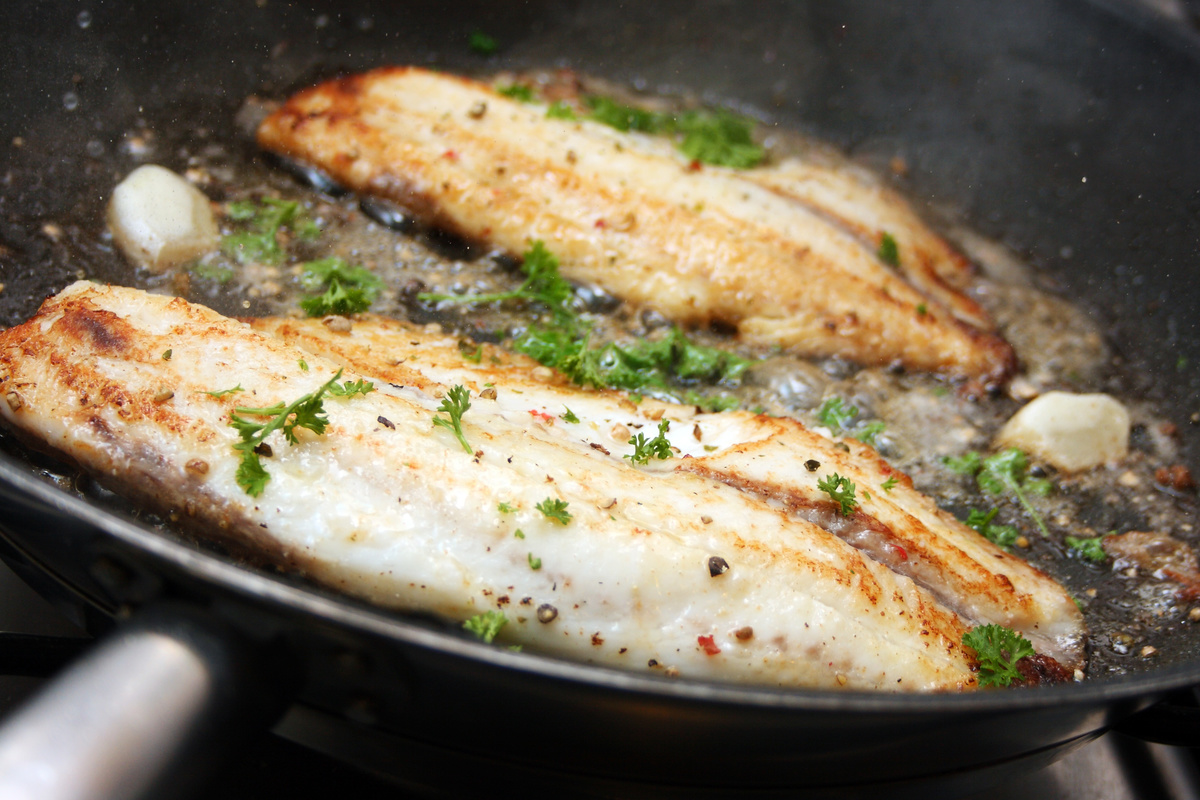Blog
Old McDonald Had a Tilapia
Knowing more about the seafood you eat can contribute to keeping the oceans healthy. Much like the farm-to-table movement, the boat-to-plate equivalent of eating seafood locally and responsibly is good for both the planet and consumers.
Seafood is an inexpensive source of healthy protein that can have a low carbon footprint. That’s because harvesting fish as a primary food source doesn’t cause the same environmental stresses as trying to make food from the land. Fishing doesn’t require fresh water for irrigation or sacrificing rain forests for arable land for food production.
The key to keeping our oceans healthy is to manage the seafood harvest so that it is sustained responsibly. One way to reliably manage and sustain a population is to farm fish in a contained, well-regulated environment.
Tilapia is an inexpensive, healthy food source
Tilapia isn’t a single species of fish; it’s a general description used for about 100 species of Cichlid fish. The popular dinnertime staple is high in protein, low in fat and reasonably priced.
The mild white fish usually assumes the flavor of whatever sauce it’s cooked in. It’s an easy way to add a serving of fish to your diet as recommended by the American Heart Association. Because tilapia are vegetarians, there’s a much lower risk of mercury exposure than you get from eating wild, carnivorous fish.
Aquaculture is fish farming
Tilapia is the most popular farmed fish sold in the United States. They’re farmed in more than 80 countries, including Asia and the Americas. Fish farming, known as aquaculture, is the practice of raising fish in any type of environment, from a pond to a high-tech tank system.
Like most food, the way the fish is grown and harvested can affect how nutritious it is once it hits your plate. When choosing tilapia recipes for dinner, pay attention to where it’s coming from to ensure it’s the most nutritious choice possible.
Farm-to-Table meets Boat-to-Plate

Local food is fresher and often more nutritious because it’s not transported long distances. It’s better for the earth because it reduces the fuel required and the resulting carbon footprint. Buying locally also improves the economic vitality of your community.
Even if you can’t find it locally, getting your seafood from the closest provider rather than internationally is better. It limits the carbon footprint by minimizing transportation and ensures that fish farming practices are well-regulated.
Farm locations affect nutrition and environment
Tilapia is usually one of the least expensive options at the seafood counter, primarily because it is easy to farm. All types of farming have an environmental impact. Although tilapia is plentiful, some farmers are better at caring for the environment than others. Fish farmed in the United States usually make the smallest environmental impact due to the number of regulations and how they are enforced.
Tilapia raised and harvested elsewhere can be a source of concern. If you can’t source locally or domestically, purchase from a business that is transparent about their supply chain. Even though frozen fish can be purchased very cheaply in the US, it is more likely to be from Asian fish farms, which are poorly regulated.
Conclusion
People can depend on seafood as a cheap, easy, primary food source as long as we harvest fish responsibly. Aquaculture is one way to manage fish populations without too much of an environmental impact on the ocean.
Tilapia is a healthy meal choice that adds variety to your diet plan without costing an arm and a leg. Choose your seafood like you choose your produce — find responsible, local farmers who care about quality and support their efforts.
No matter where you get it, eating tilapia once a week is a healthier choice than a cheeseburger and fries.





Comments